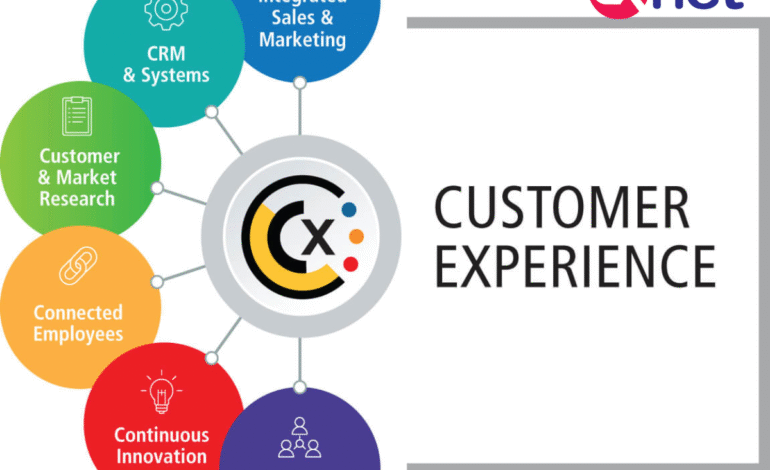
To enhance and improve the customer experience in businesses, one must gather and respond to customer feedback, use AI and customer data to personalize interactions, provide tools and training to staff, and expedite customer journeys through omnichannel experiences. Customer loyalty and retention will increase with the implementation of a thorough customer-centric approach that emphasizes comprehending client needs and consistently enhancing service.
Recognize Your Clients
- Pay attention to criticism: To learn more about the wants, needs, and pain points of your customers, use social media, questionnaires, and other platforms.
- Create a customer journey map: Identify areas for improvement at every touchpoint by visualizing the complete customer experience, from the first interaction to the point after the purchase.
- Utilize client information: Use tools such as customer relationship management (CRM) systems to analyze data, comprehend client behavior, and derive useful insights.
Customize Interactions
- Customize experiences: To make clients feel appreciated, use the information acquired to provide tailored offers, pertinent material, and recommendations.
- Recognize needs: Proactively provide clients with support or useful information before they ever request it.
- Leverage technology: To enable more scalable personalization, automate repetitive activities and offer real-time support with chatbots, virtual assistants, and artificial intelligence.
Give Your Workers More Power
- Offer training: Give your staff the know-how, abilities, and resources they need to deal with clients in an efficient and sympathetic manner.
- Encourage a customer-centric mindset: Establish a top-down strategy in which the corporate culture places a high priority on customer focus.
- Value employee ideas: Since staff members are frequently the ones interacting with customers, encourage them to offer their thoughts and opinions.
Simplify Customer Experiences
- Use an omnichannel strategy: Regardless of the channel that customers use (online, mobile, in-store, etc.), make sure that their experience is smooth and consistent.
- Integrate systems: To give agents full context and guarantee seamless channel handoffs, connect various systems, such as CRM and support tools.
- Provide self-service alternatives: To provide clients greater ease and control, offer self-service tools and interesting self-service options.
Always Try to Get Better
- Take action on feedback: Evaluate and adjust on a regular basis in response to the input you receive from customers.
- Track CX metrics: Create key performance indicators (KPIs) to keep an eye on client retention, satisfaction, and other metrics to see how well your initiatives are working.
- Preserve transparency: To establish credibility and trust, be forthright and truthful with clients regarding your goods and services.
Conclusion
Delivering an exceptional customer experience is no longer optional—it is a business imperative. By listening to feedback, mapping customer journeys, personalizing interactions, empowering employees, and simplifying experiences through technology, organizations can foster lasting relationships built on trust and value. A customer-centric culture ensures that every touchpoint reflects understanding, empathy, and innovation. Companies that continuously adapt, measure outcomes, and refine their strategies will not only strengthen customer loyalty but also gain a competitive advantage in an increasingly experience-driven marketplace.


